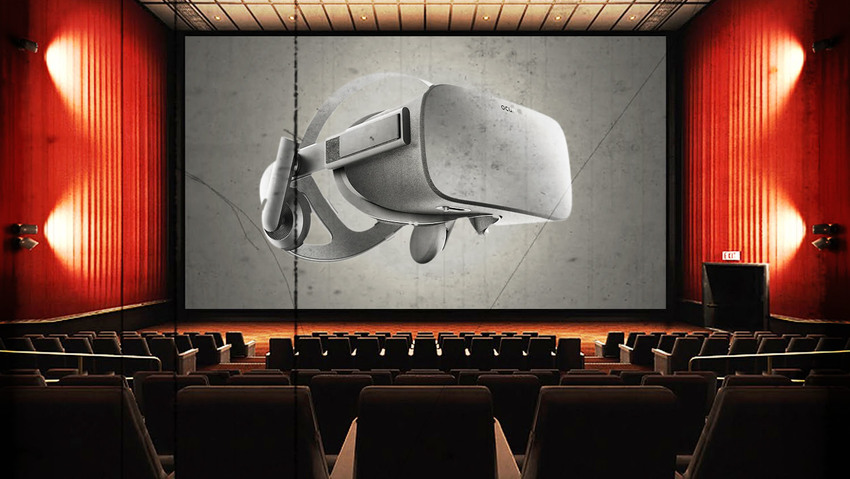
How real can the metaverse be when there is nobody who will use it? In the movie ‘ready player one’ the metaverse is a crowded place, almost everybody lived in the digital world and not in the physical world. Most importantly, because the depiction of earth in the movie is a garbage dump with containers layered on top of each other which serve as homes for people. It makes sense that people would want to escape to a more aesthetic place and in addition, been given the opportunity to become any appearance you prefer. So, why aren’t we all living in the metaverse yet?
The metaverse that I will describe is the one presented by Mark Zuckerberg. His idea is to provide a virtual world for people to connect, work, play and shop with each other. A place for social interaction. But the most important characteristic of the meta verse is the feeling of being truly present with another person. If the metaverse would feel as real as our physical world, the barriers to join would collapse and people would move to a virtual world. So, why hasn’t that happened yet. According to K.Baker (2025) the metaverse failed because of technology limitations, bad user experience, high cost of entry and the rise of generative AI. There were also privacy concerns. Users described the verse as unfinished and poor visuals. The VR glasses are also very expensive and require a powerful computer. Although it’s failed expectations, the technology is not dead yet and probably waiting for collaborations between retail companies to join the verse and pull in users.
In my opinion, the meta verse is not a direct need for consumers in this time period. But, if Mark Zuckerberg were to collaborate with amazon and other big retailers. People would maybe start to be curious about this new path to their products and slowly start to enter this virtual world. The first people ready to join the virtual world; have to be able to afford the Hardware and not be bothered by the visuals. They would use the world purely to acquire their products for games and other information goods related platforms. If the metaverse is able to give consumers an experience of being truly present, that would mean the beginning of a completely new world.
References:
Baker, K. (2025, 17 juli). What Happened to the Metaverse? How Zuck’s VR Dream Died. Enterprise Tech News EM360Tech. https://em360tech.com/tech-articles/what-happened-metaverse-how-zucks-vr-dream-died
Clayton, B. J. (2023, 25 september). Metaverse: What happened to Mark Zuckerberg’s next big thing? https://www.bbc.com/news/technology-66913551

